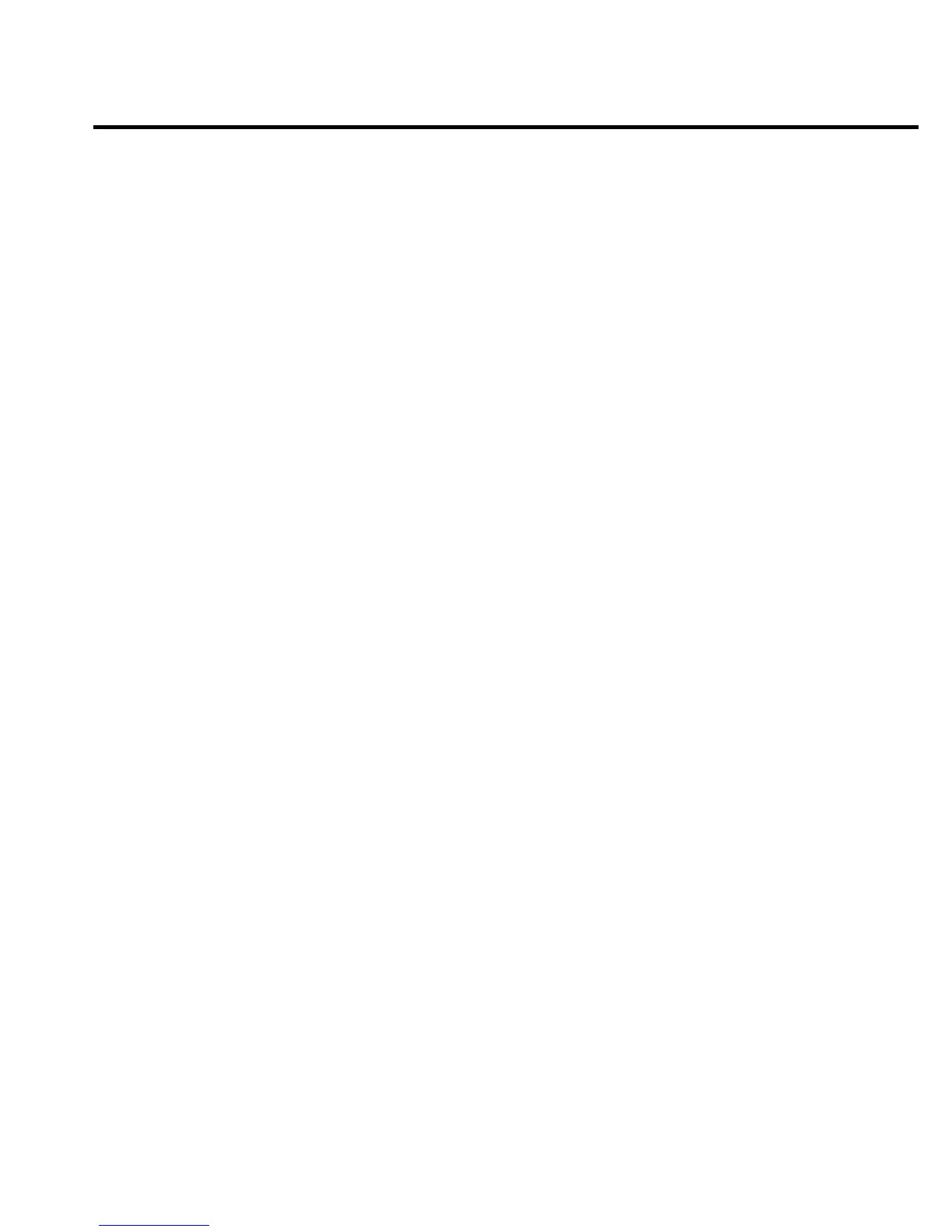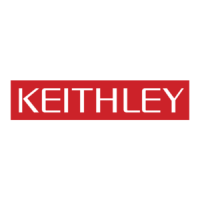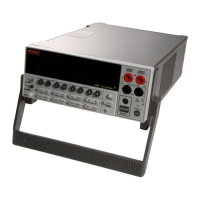Specifications A-11
Accuracy calculations
The information below discusses how to calculate accuracy for both measurement and source
functions.
Measurement accuracy
Measurement accuracy is calculated as follows:
Accuracy = ±(% of reading + offset)
As an example of how to calculate the actual reading limits, assume that you are measuring
10V on the 20V range. You can compute the reading limit range from one-year measure voltage
accuracy specifications as follows:
Accuracy = ±(% of reading + offset)
±[(0.015% × 10V) + 1mV]
±(1.5mV + 1mV)
±2.5mV
Thus, the actual reading range is: 10V± 2.5mV, or from 9.9975 to 10.0025V
Current measurement calculations are performed in exactly the same manner using the perti-
nent specifications, ranges, and input signal values.
Source accuracy
Source accuracy calculation is similar, except of course that source specifications are used.
As an example of how to calculate the actual source output limits, assume you are sourcing
0.7mA on the 1mA source range. You can compute the reading limit range from source current
one-year accuracy specifications as follows:
Accuracy = ±(0.034% of output + 200nA offset)
±[(0.034% × 0.7mA) + 200nA)]
±(238nA + 200nA)
±438nA
In this case, the actual current output range is: 0.7mA ±438nA, or from 0.69956mA to
0.70044mA.
